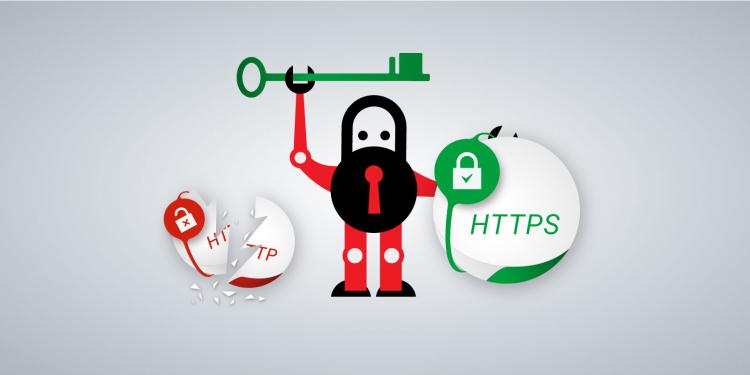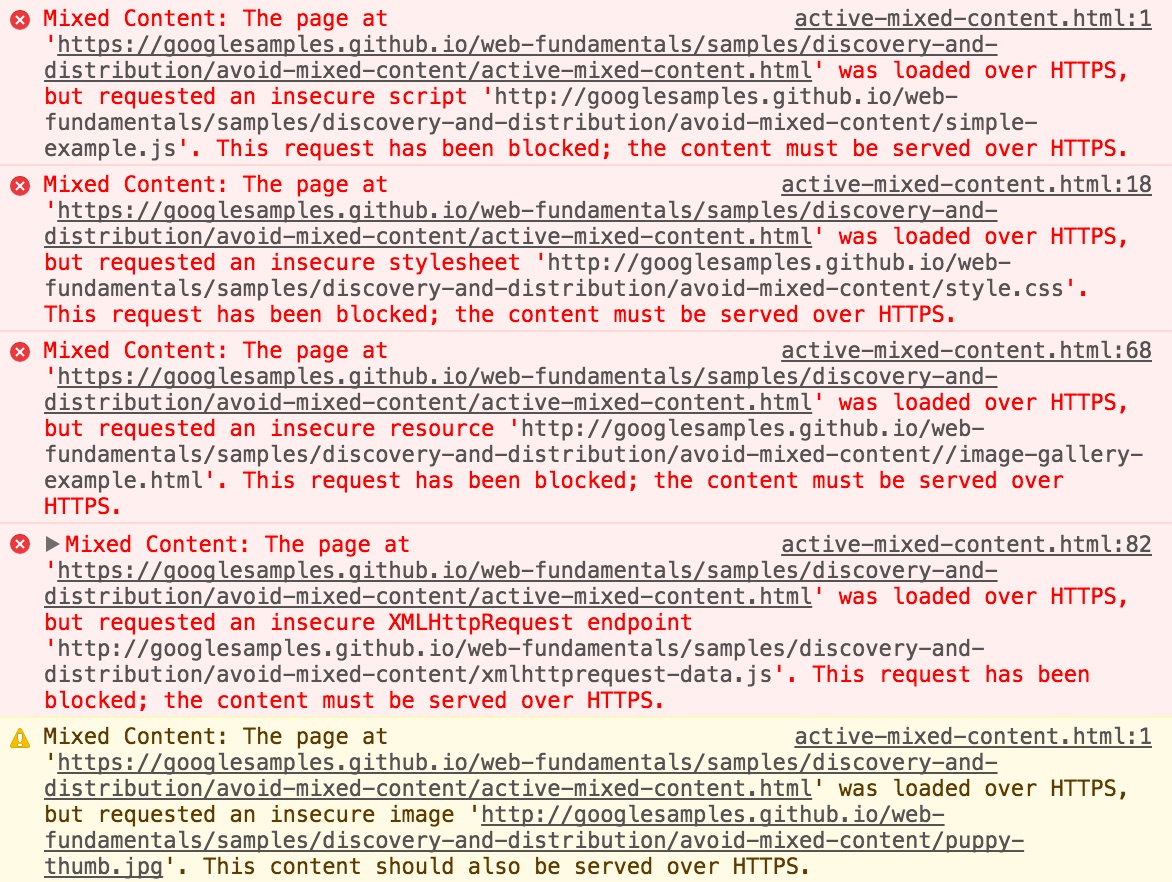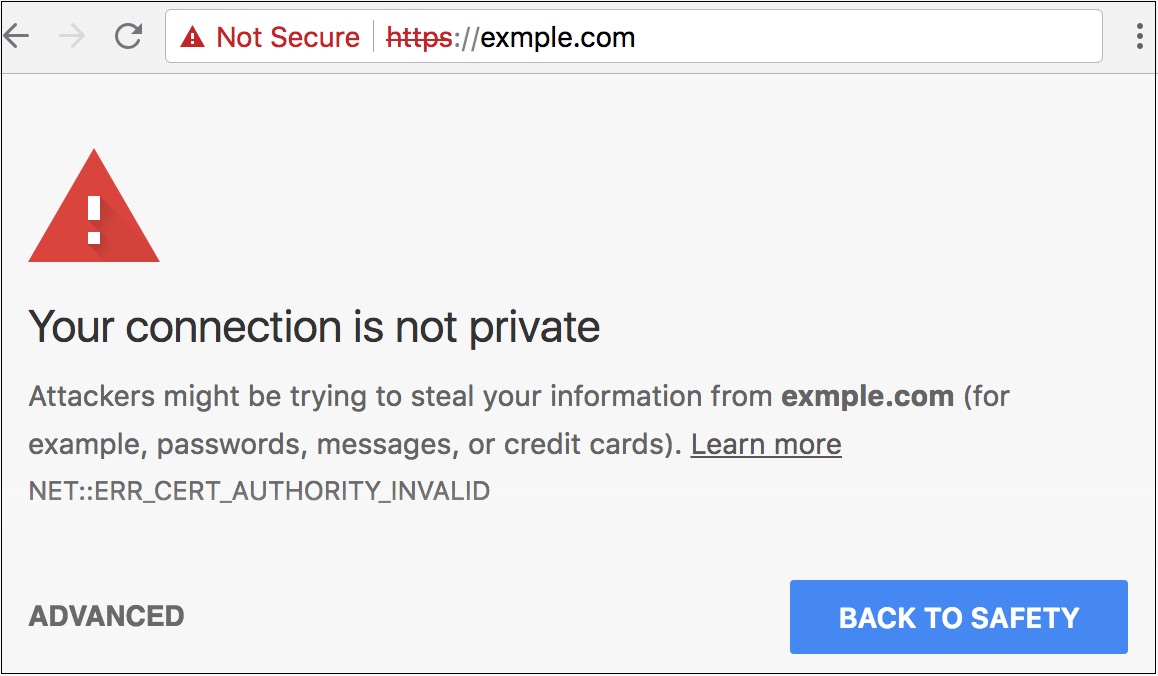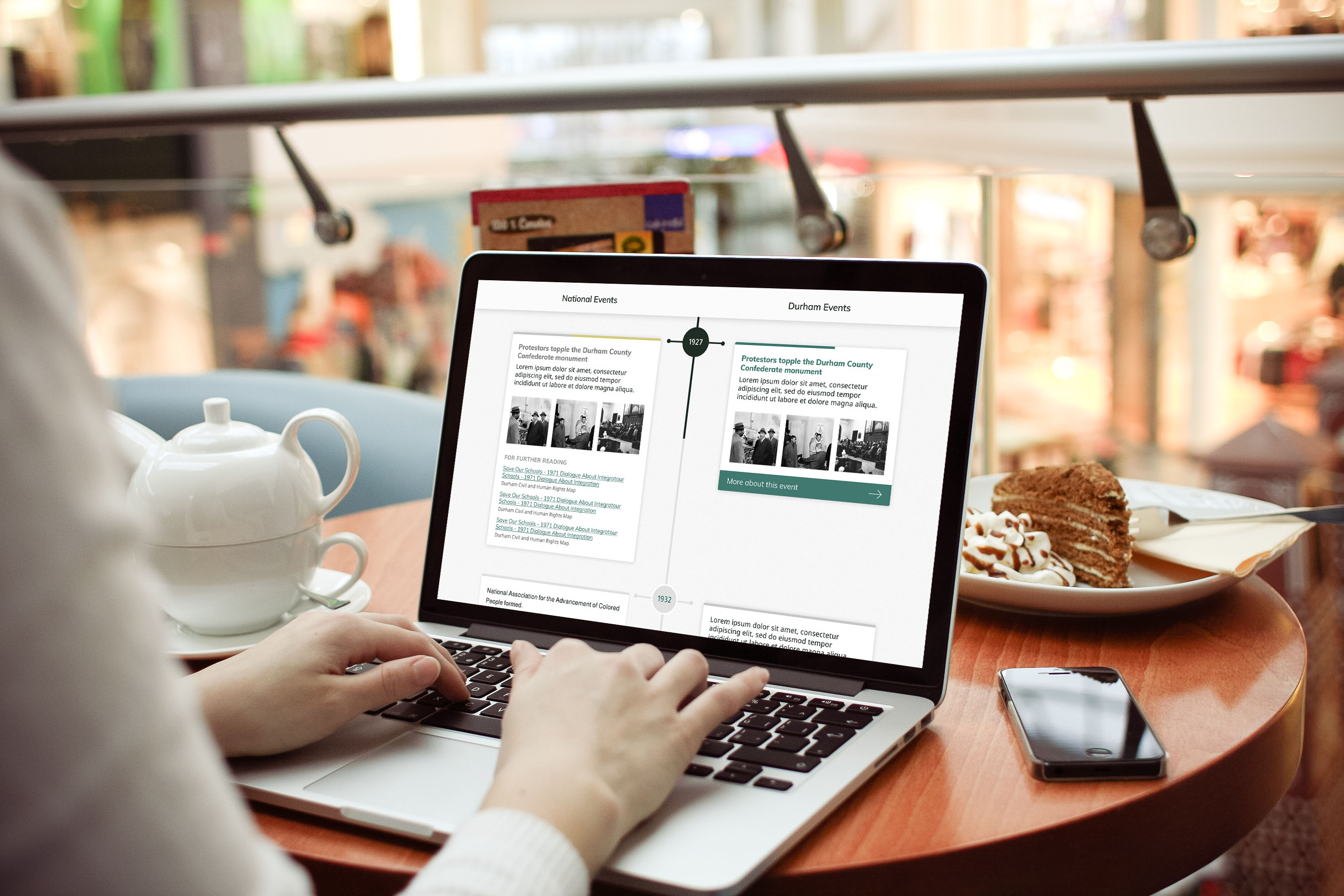The good news about moving to HTTPS
Ensuring your website serves assets exclusively over HTTPS is not as hard as it used to be, and is getting easier by the day.
There are free digital certificates
There’s no such thing as a free lunch, but a free certificate from a reputable CA? It would seem so. People are just giving them away these days… Seriously, many years in the making since its founding by two Mozilla employees in 2012, the Let’s Encrypt project has vowed to make the web a secure space and has successfully endeavored to become a trusted CA that literally does not charge for the certificates they provide. They have shorter lease cycles of 60 to 90 days, but they also offer tooling around automating the process of reinstalling newly provided certificates.
There are easier and cheaper ways to install certificates
With the advent of the aforementioned free certificate, many platform-as-a-service (PaaS) hosting options have incorporated low cost or free installation of certificates through their hosting platform sometimes as easily as a few clicks. Let’s Encrypt has been adopted across a broad range of website hosting providers like Squarespace, GitHub Pages, Dreamhost, all of which we use alongside many others.
For many of our Drupal partners, we prefer to use a platform as a service (PaaS) hosting option like Pantheon, Acquia, or Platform.sh. Both Pantheon and Platform.sh now provide a free HTTPS upgrade for all hosting plans; Acquia Cloud, another popular Drupal PaaS, is still a bit behind in this regard. We have found that the efficiency gains of spending less time in server administration translates to more value to our clients, empowering additional effort for the strategy, design, and development for which they hired us. In addition to efficiency, the reliability and consistency provided by finely tuned PaaS offerings are, in most cases, superior to manual installation.
A good example of the evolution of hosting platforms maturing into the HTTPS everywhere world is our own Jekyll-based site, which we’ve written about and presented on before. We first set up HTTPS over GitHub pages using CloudFlare guided by this tutorial since we found it necessary to serve our site over HTTPS. However, about a year later GitHub announced they would provide HTTPS support for GitHub pages.
Similarly, we had previously implemented Pantheon’s workaround to make HTTPS on all of their tiers accessible to our clients on their hosting platform. Then they announced HTTPS for all sites. We’re thankful both have gotten easier.
Through its powerful Lighthouse suite, Google has a tool to help audit and fix mixed content issues. Given the aforementioned tedium and potential difficulty of tracking down all the ways in which people have historically added content to your site, this can be an invaluable time saver.
You can also use tools like Qualys SSL Labs to verify the quality of your HTTPS installation. See how our site stacks up.








